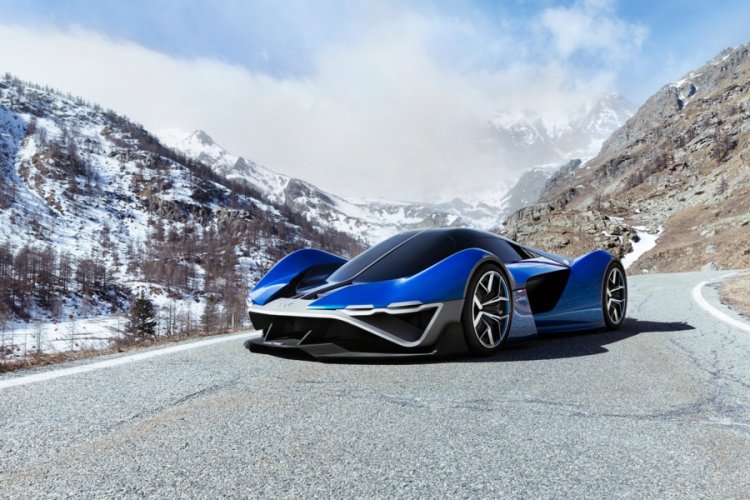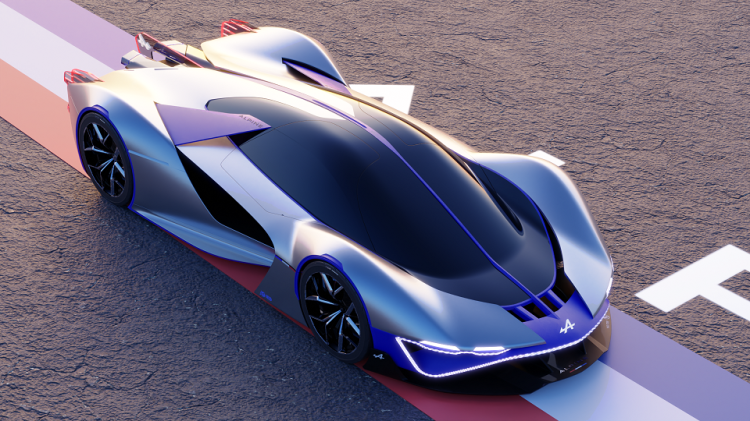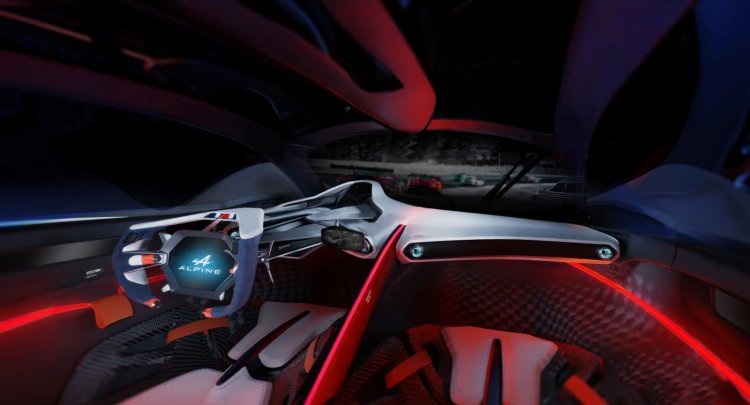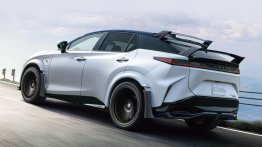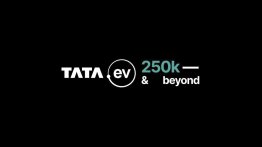Twenty-eight Masters students studying Transportation Design at the Istituto Europeo di Design (Italy) presented their own new take on the concept of sportiness with the ‘A4810 Project by IED’, a hydrogen-powered concept car, based on a brief from the Alpine design team. This is a car that embraces next-generation technologies while also championing the traditional characteristics of the French brand that was founded in 1955.
An IED-led project in collaboration with Alpine
Alpine proposed the students to design a ‘super berlinette’ for the year 2035. The two-seater supercar was designed to be a high-performing vehicle both in terms of performance and environmental impact. After the brief was given last autumn, students worked individually to come up with their own interpretation and present it to the brand. Alpine then selected a combination of two main ideas. Based on the two selected proposals, the young designers created the ‘A4810 Project by IED’: a light yet powerful and agile concept car that boasts pure driving pleasure. During the design phase, the students sought to combine vision and innovation, without losing sight of the traditional roots of the French car manufacturer.
Furthermore, they chose a name that conveyed the brand's legacy. In fact, ‘4810’ is the height (in meters) of the Mont Blanc: the highest and most emblematic peak in the Alps that sits at the border between Italy and France, like a bridge connecting IED and Alpine. The car manufacturer is named after the very same mountains and evokes the joy of driving along their winding roads.
A stunning concept car created by IED students
The Alpine A4810 Project by IED (length 5,091 mm – width 2,010 mm – height 1,055 mm – wheelbase 2,717 mm) is a two-seater supercar with the experimental combination of the shape of a berlinette with a hydrogen powertrain. While the engine and fuel tanks are built like those on a typical hypercar, the subtraction process is proof of considerable innovation. The design alternates between empty and full spaces, giving the vehicle a lightweight look and aerodynamic features inspired by Formula 1 models. Furthermore, the A4810 Project by IED was tasked with bringing the brand to the cusp of the sports car category.
The French spirit has been skilfully preserved: while avoiding the pitfalls of unnecessary formal elements, designers focussed on the overlapping layers and sculptural aspects of the car’s silhouette. The bi-tone colours, matte black, and carbon fibre highlights create a bold contrast with each part of the car, making them stand out according to their function: aerodynamic, mechanical, or merely formal.
The team of students used digital tools to design the interior through sketches, 3D models, renderings, animations, and HMI (Human Machine Interface) development. In incorporating hydrogen power supply, it means that they developed a full-fledged concept that is almost ready to take to the roads of a much more sustainable future, one without emissions.c
